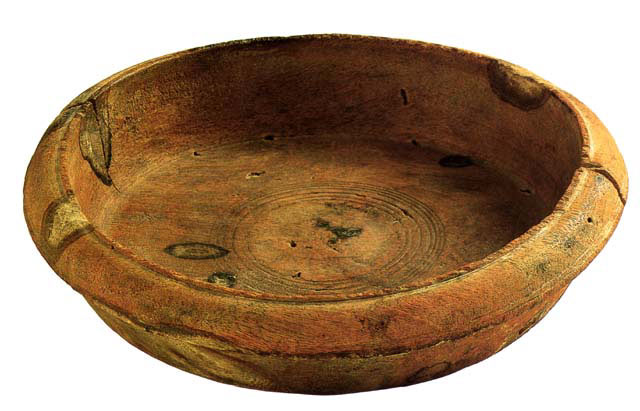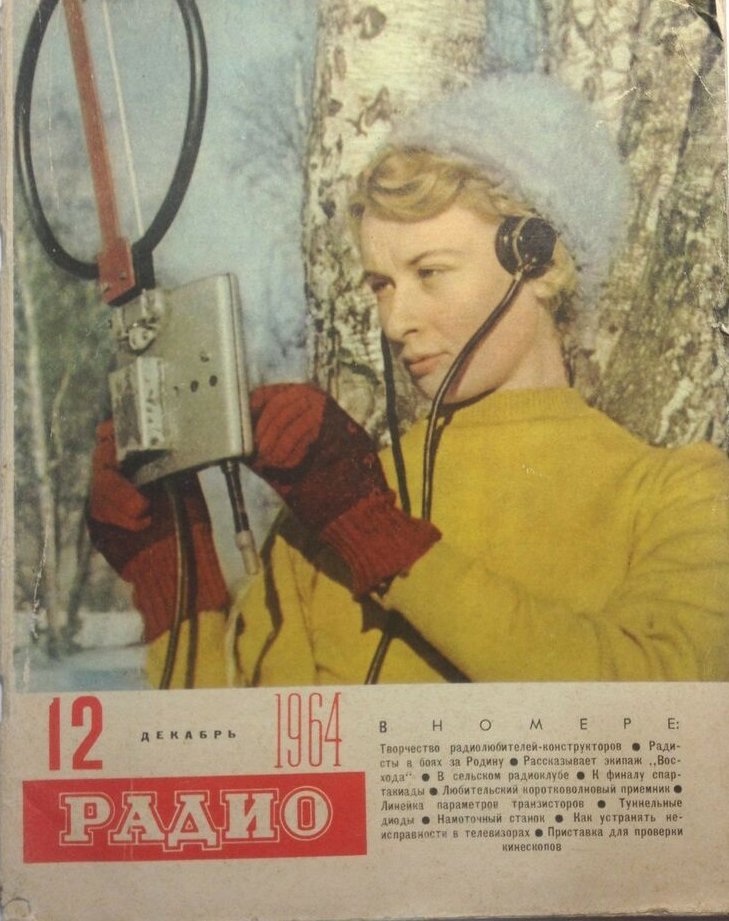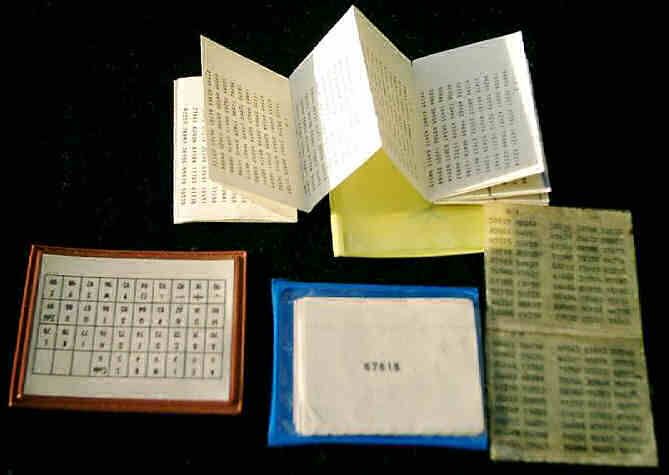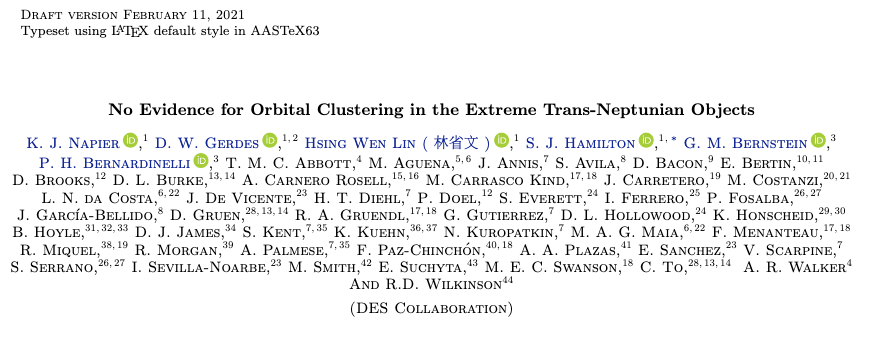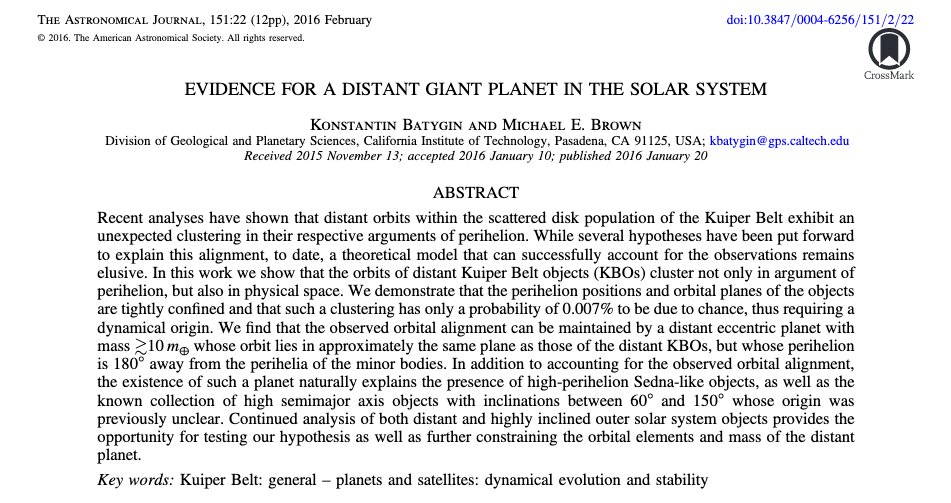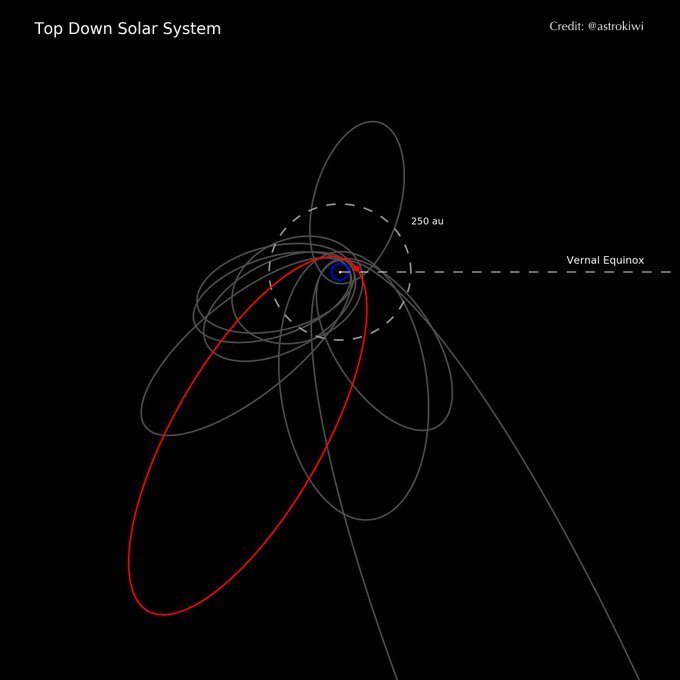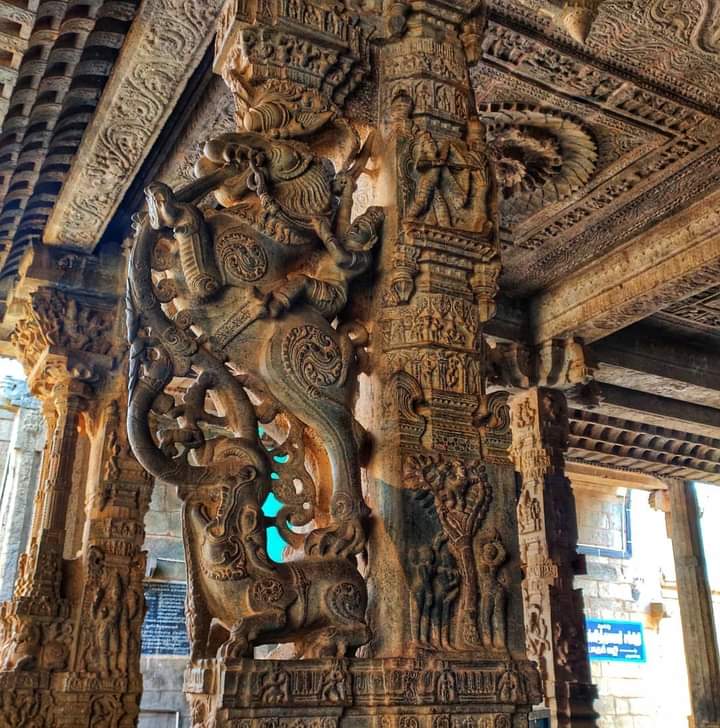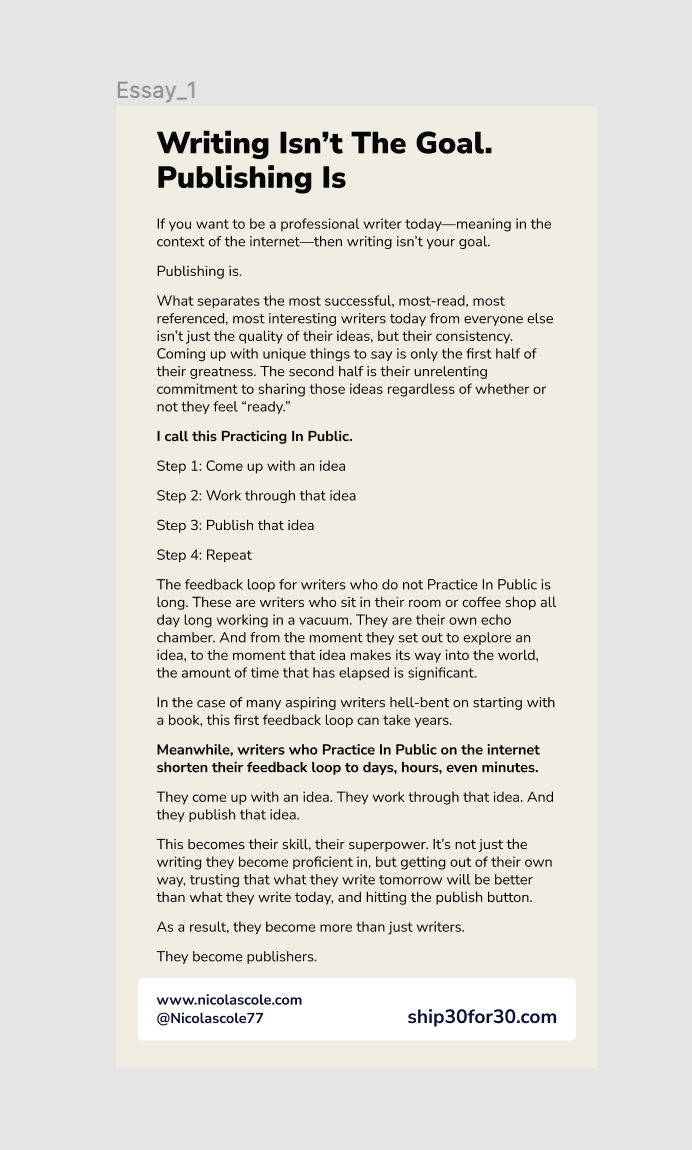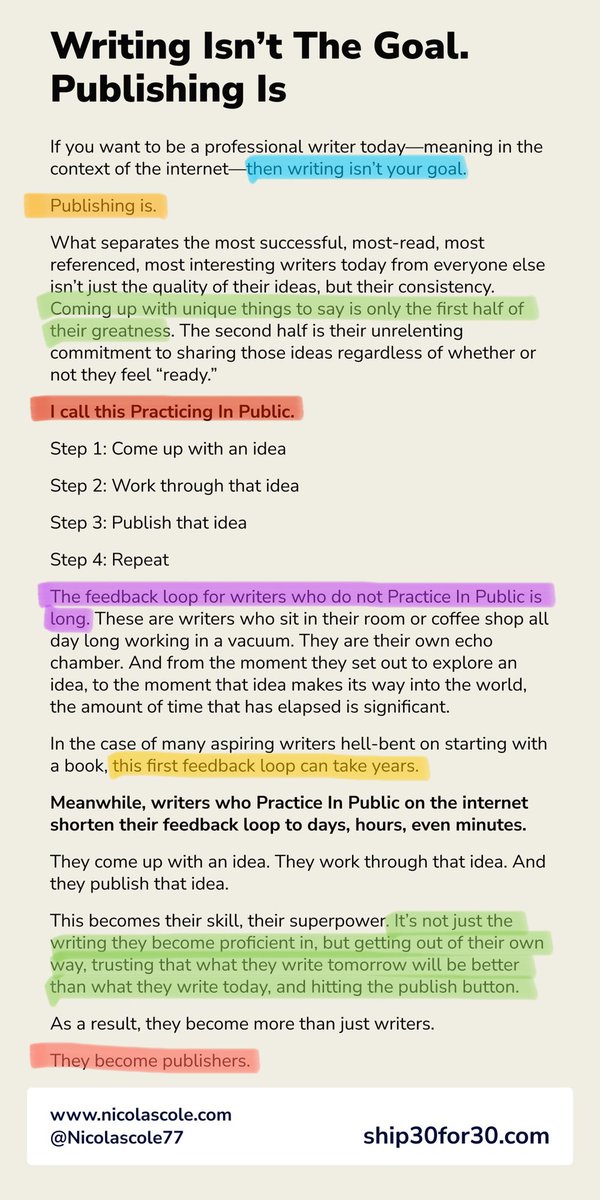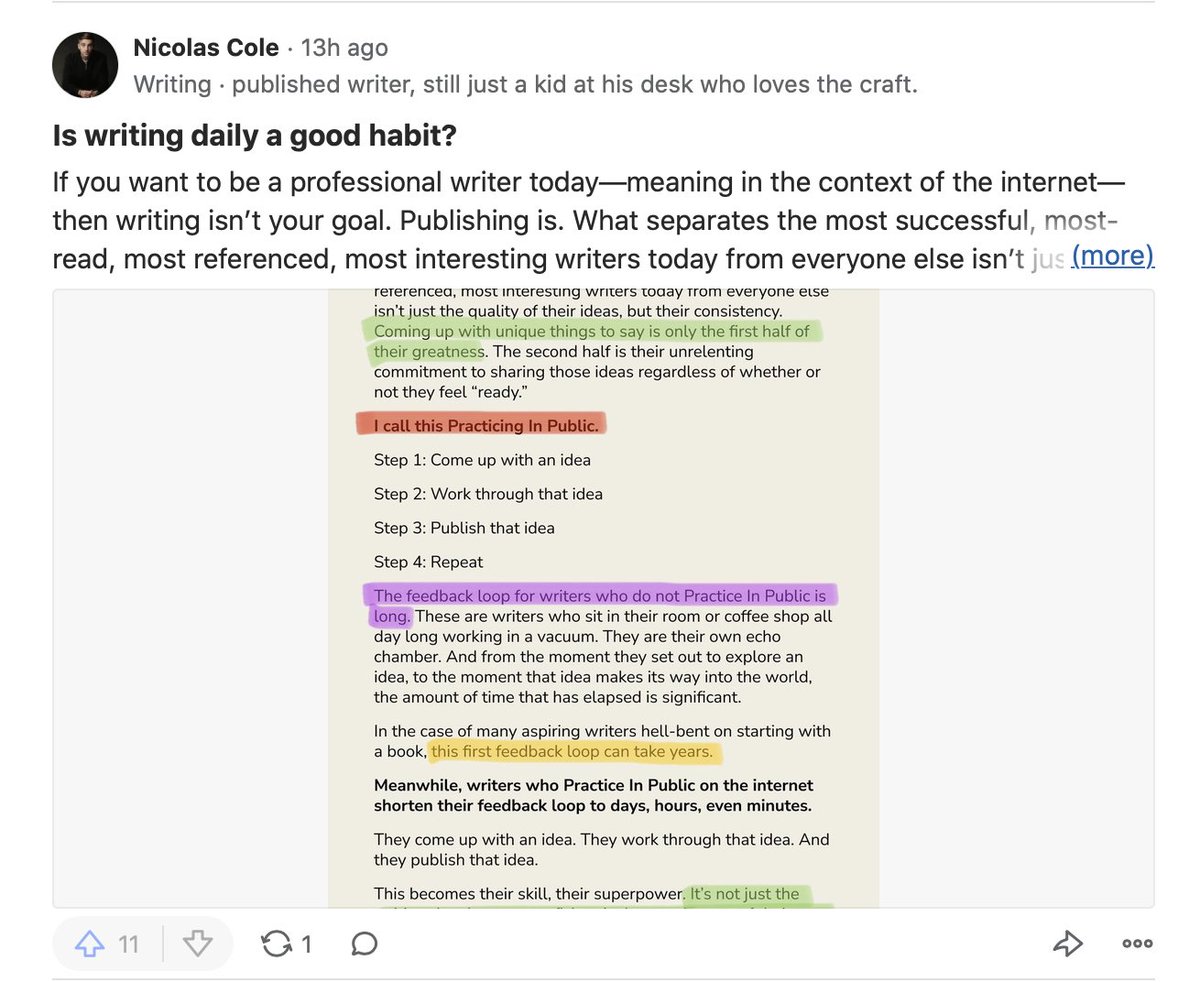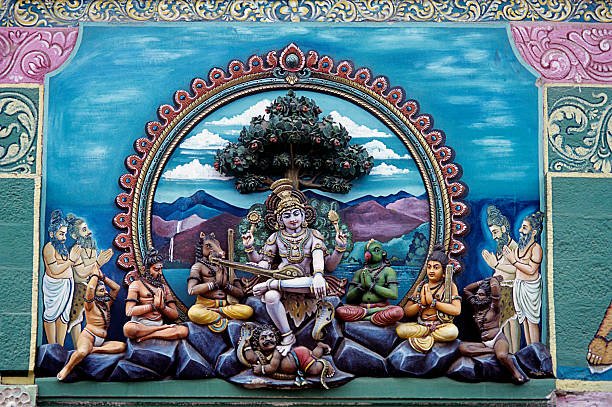https://t.co/QMEHD8wdmC via @YouTube
Thread: Romanian bear dancers...At the end of the year, boys and men in eastern Romania put on heavy bear costumes, often made of real fur, and dance through the streets of towns and villages...
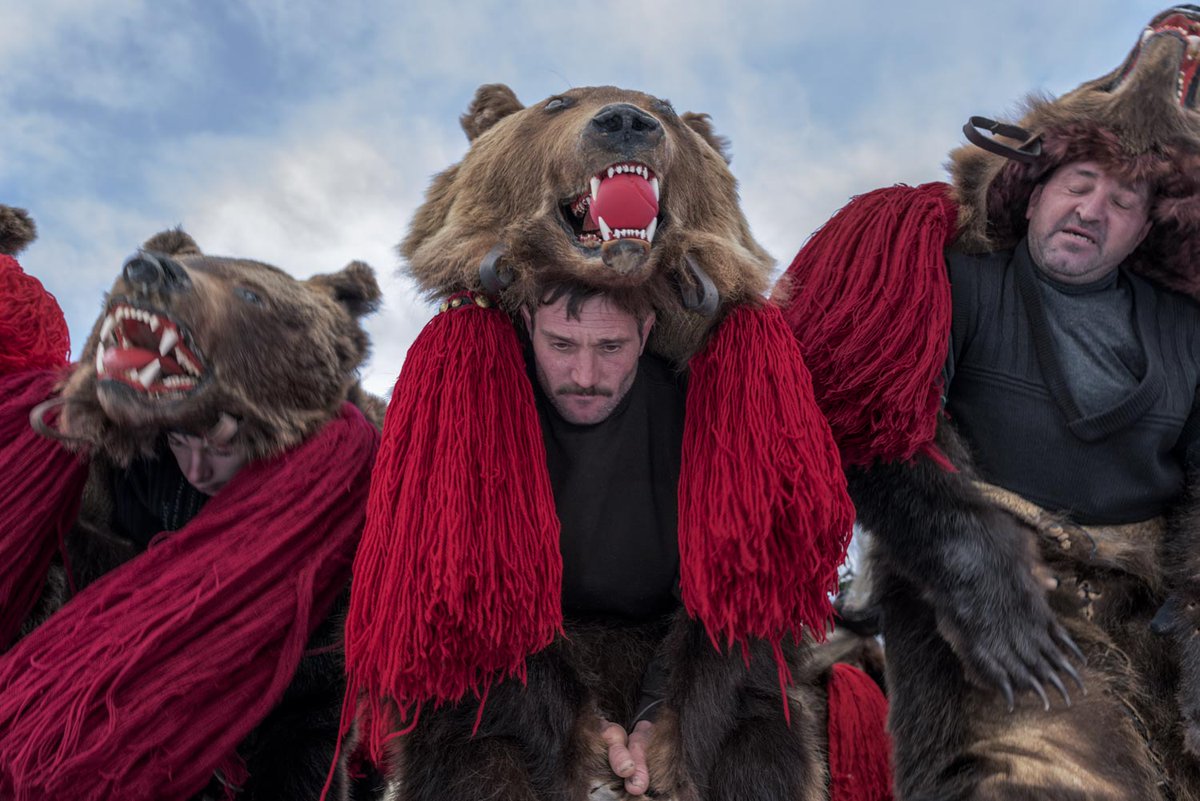
https://t.co/QMEHD8wdmC via @YouTube
https://t.co/JmVZS9ClBG
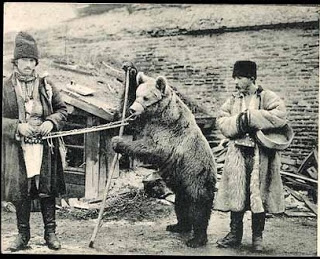
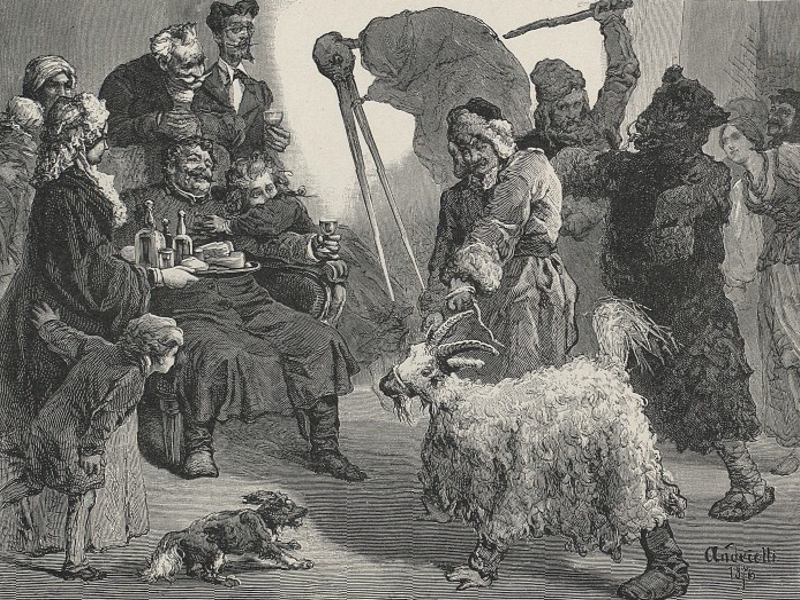
https://t.co/dnBk6Zy3ED
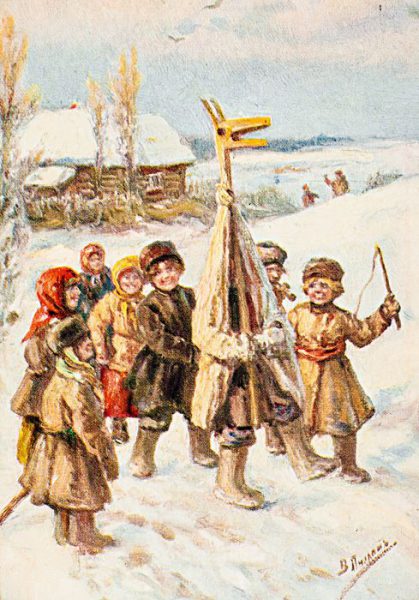
As promised, thread: \u201cDoes it mean there will be no gifts this year?\u201d by Jakub Rozalski
— oldeuropeanculture (@serbiaireland) December 21, 2020
This painting depicts 3 little carolers stumbling upon Krampus killing Santa...I love this image...Because it shows how successful Christian propaganda was in turning Old Gods into New Devils pic.twitter.com/KZwY38dZz6
https://t.co/Im9vqopbWm
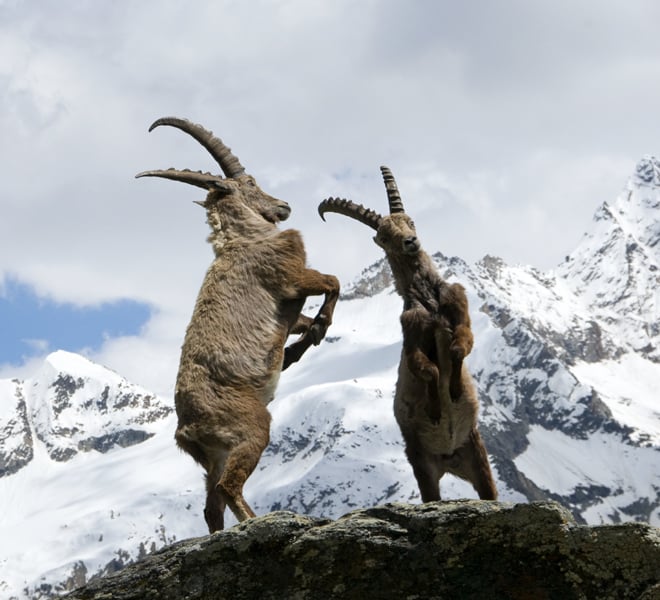
https://t.co/6KWv1BEl97
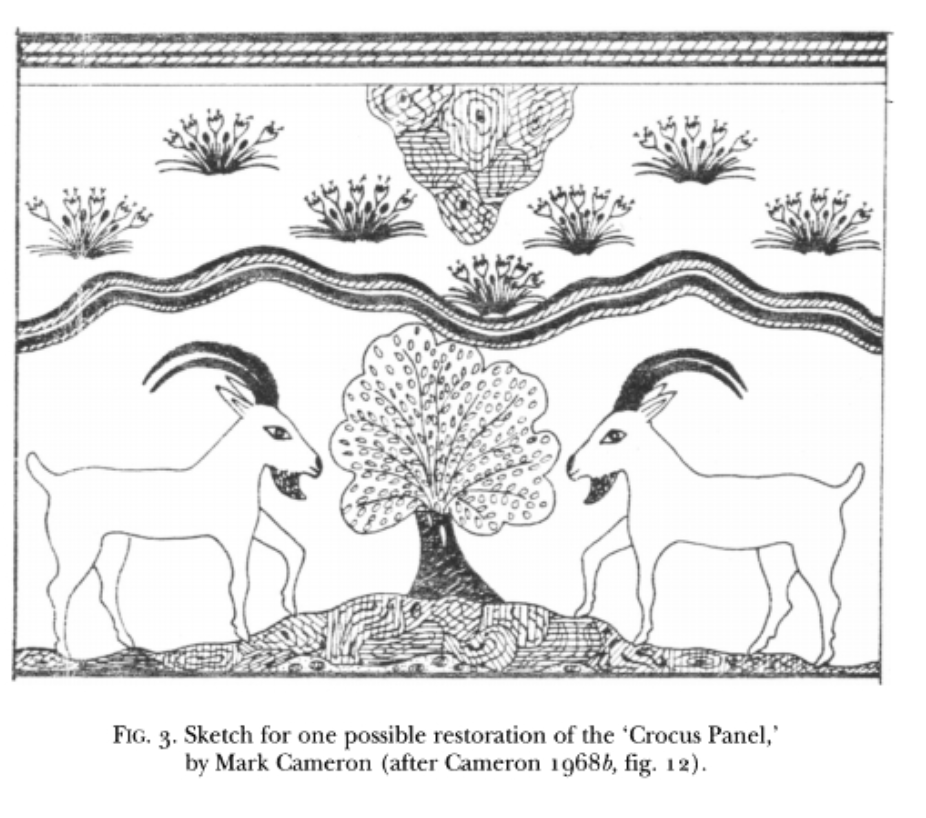
https://t.co/fx5cOpNhkF
Thread: The pale winter sun which doesn't bring warmth but instead brings freezing cold (cloudy winter days are warmer than bright winter days)...In Serbia this sun is called "Zubato sunce" (Toothed Sun, Sun with teeth)... pic.twitter.com/rp64f7tlav
— oldeuropeanculture (@serbiaireland) December 23, 2020
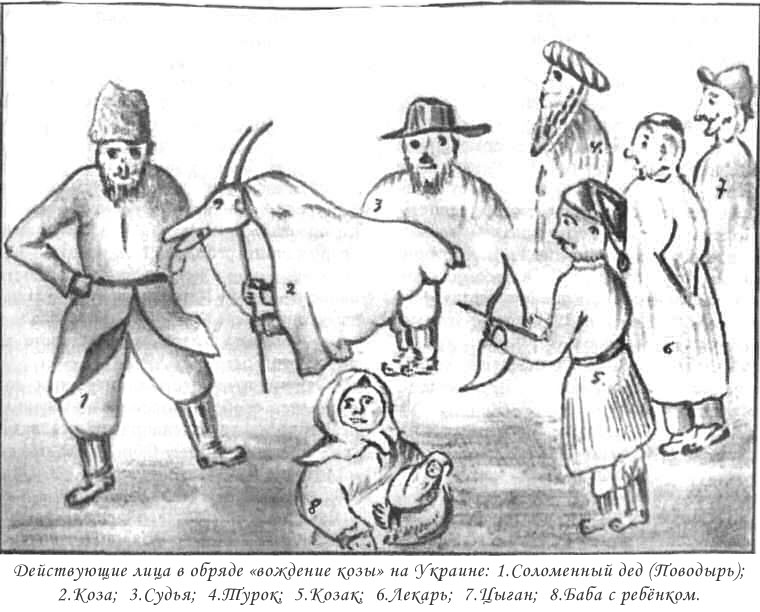
https://t.co/yiC97vnuXD
And what is depicted by the winter zodiac: Sagittarius, Capricorn, Aquarius (When snow melt brings Spring)

https://t.co/FMynv2LTto



Bear dances (spring, summer, autumn)
Bear collapses because a demon is inside him (beginning of winter)
Bear is killed and bled to let the demon out (winter, hibernation-death)
Bear gets resurrected and dances again (spring, summer...)
So a bear dancing in the middle of winter is a magic ritual designed to summon spring...
https://t.co/pZF1A0e6Ft
https://t.co/l8Lh7dvuwT
BTW, the oldest example of a zodiac circle, as we know it today, was found in Croatia: https://t.co/lX63nxQbcf
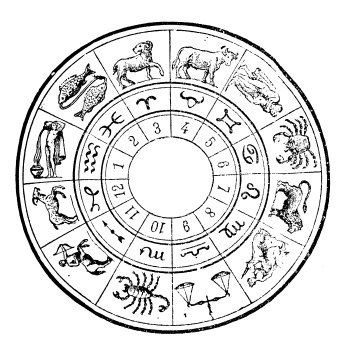
More from Culture
This is ridiculous. Students were asked for their views on this example and several others. The study findings and conclusions were about student responses not the substance of each case. Could\u2019ve used hypotheticals. The responses not the cases were the basis of the conclusions.
— Eric Kaufmann (@epkaufm) February 17, 2021
Here is the incident Kaufmann incorporated into his study, as told by a Cardiff professor who was there. As you can see, the incident involved the university intervening to *uphold* free speech principles:
The UK govt\u2019s paper on free speech in Unis (with implications for Wales) is getting a lot of attention.
— Richard Wyn Jones (@RWynJones) February 16, 2021
Worth noting then that an important part of the evidence-base on which it rests relates to (demonstrably false) claims about my own institution
1/https://t.co/buoGE7ocG7
Here is the first mention of the Greer at Cardiff incident in Kaufmann's report. It refers to the "concrete case" of the "no-platforming of Germaine Greer". Any reasonable reader would assume that refers to an incident of no-platforming instead of its opposite.

Here is the next mention of Greer in the report. The text asks whether the University "should have overruled protestors" and "stepped in...and guaranteed Greer the right to speak". Again the strong implication is that this did not happen and Greer was "no platformed".

The authors could easily have added a footnote at this point explaining what actually happened in Cardiff. They did not.
Translucent agate bowl with ornamental grooves and coffee-and-cream marbling. Found near Qift in southern Egypt. 300 - 1,000 BC. 📷 Getty Museum https://t.co/W1HfQZIG2V

Technicolor dreambowl, found in a grave near Zadar on Croatia's Dalmatian Coast. Made by melding and winding thin bars of glass, each adulterated with different minerals to get different colors. 1st century AD. 📷 Zadar Museum of Ancient Glass https://t.co/H9VfNrXKQK
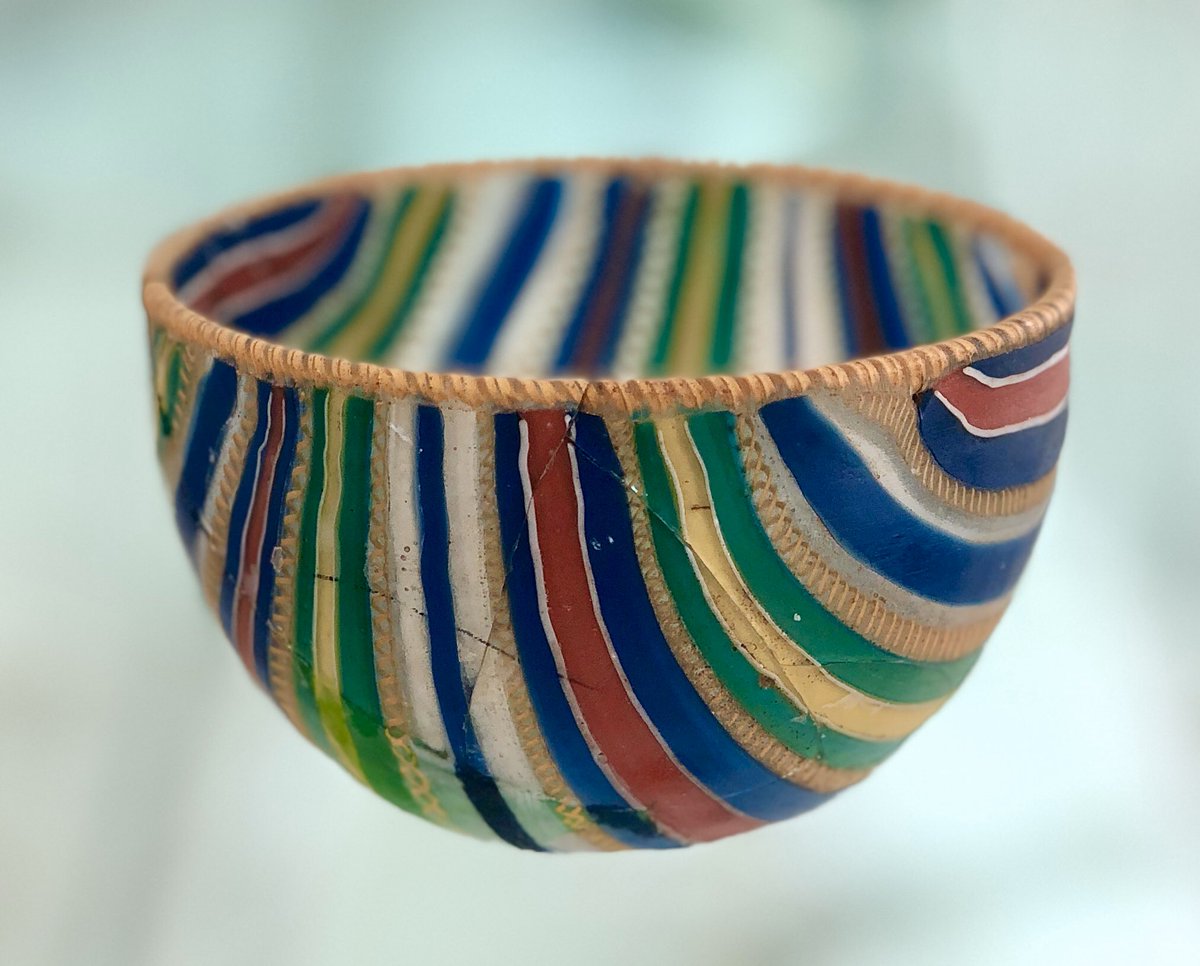
100,000-year-old abalone shells used to mix red ocher, marrow, charcoal, and water into a colorful paste. Possibly the oldest artist's palettes ever discovered. Blombos Cave, South Africa. 📷https://t.co/0fMeYlOsXG
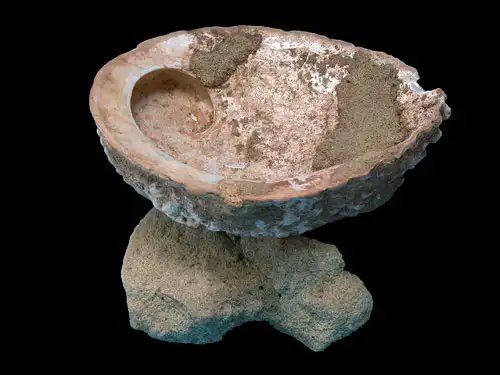
Reed basket bowl with shell and feather ornaments. Possibly from the Southern Pomo or Lake Miwok cultures. Found in Santa Barbara, CA, circa 1770. 📷 British Museum https://t.co/F4Ix0mXAu6
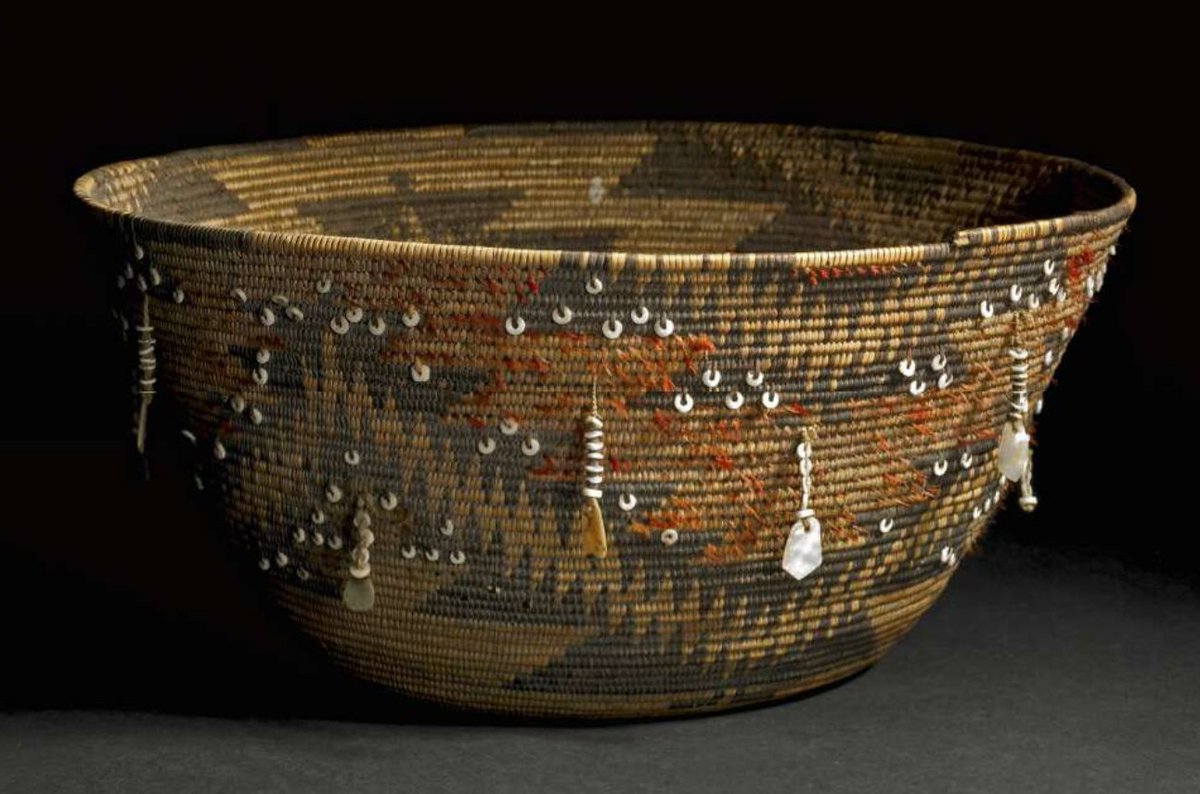
Wooden bowl with concentric circles and rounded rim, most likely made of umbrella thorn acacia (Vachellia/Acacia tortilis). Qumran. 1st Century BCE. 📷 https://t.co/XZCw67Ho03
